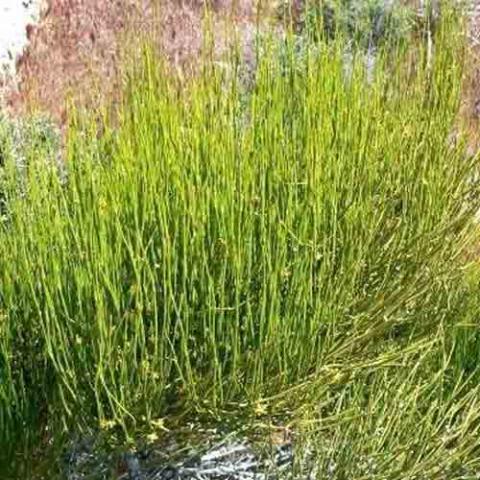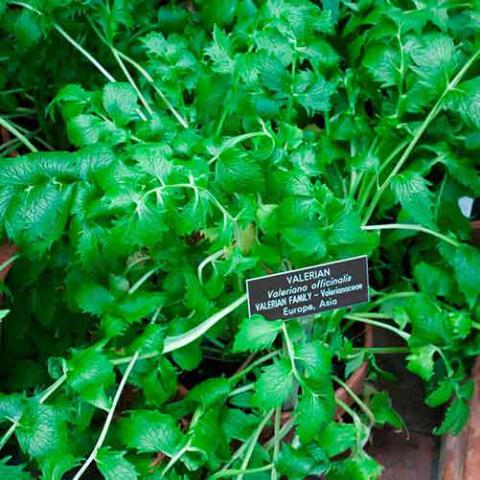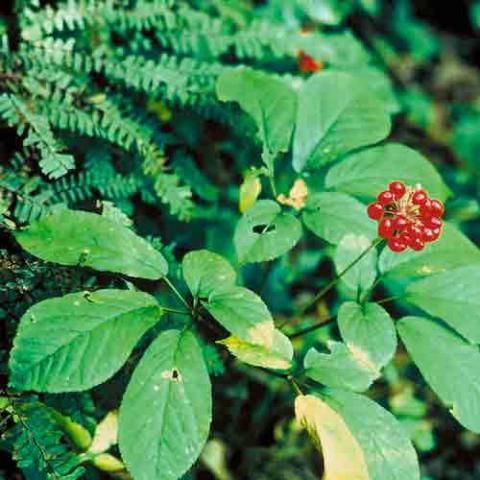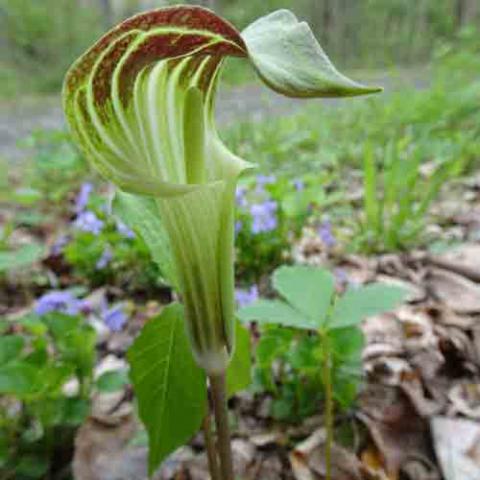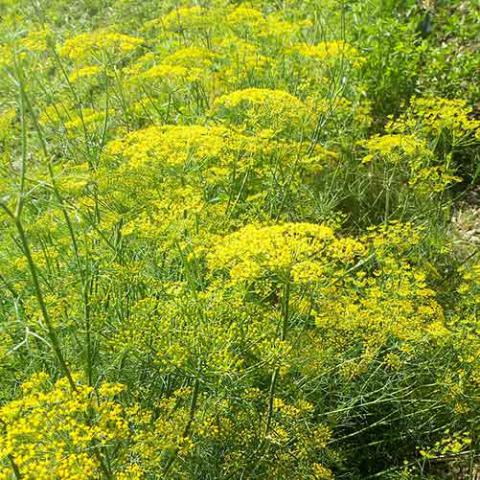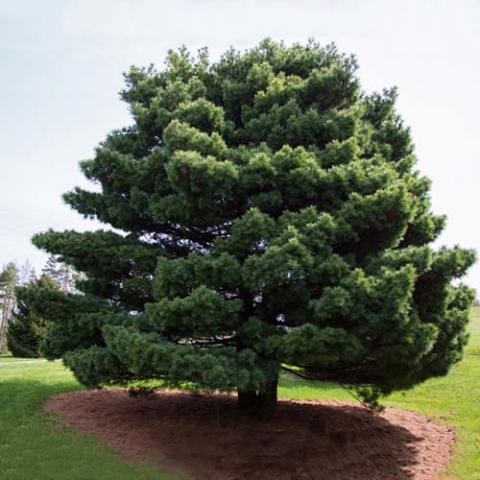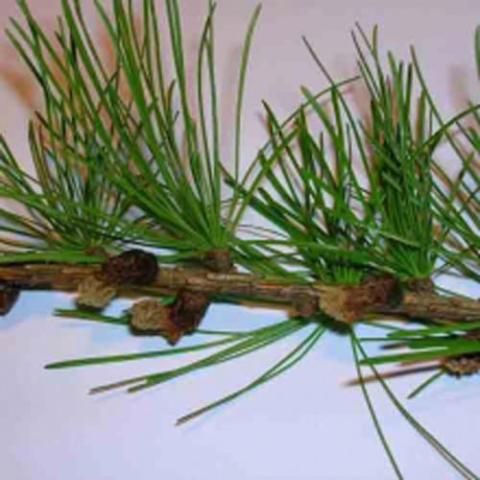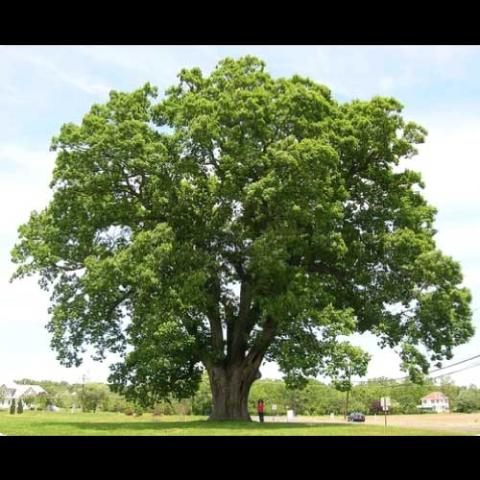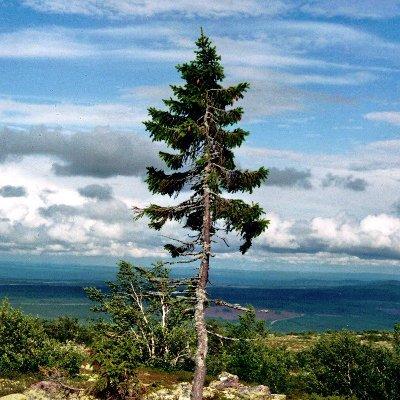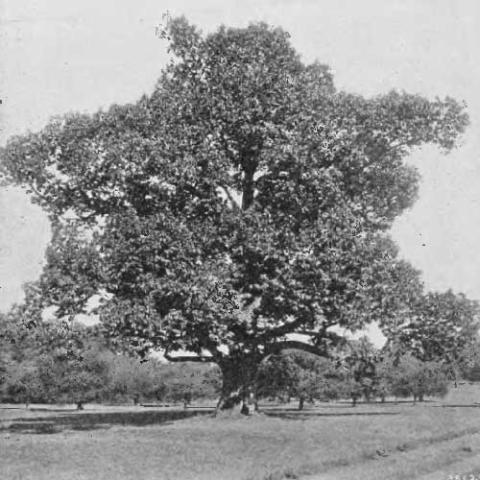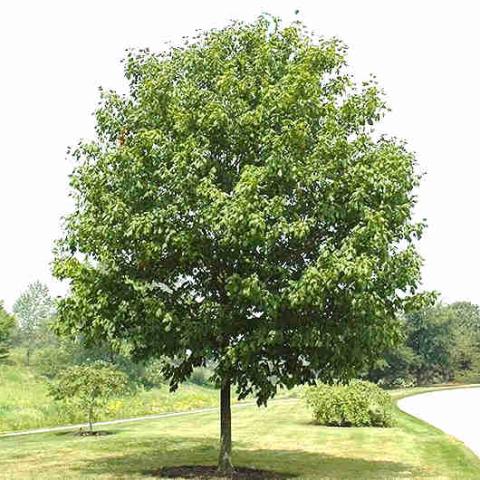Therapeutic: Expectorant
What is an Expectorant?
These are herbs that help the body to remove excess mucous from the lungs. However the word is often used to mean a remedy that is a tonic for the respiratory system. Mucous and any inhaled particles are normally voided from the lungs via the mucociliary escalator but this self-cleansing mechanism can become impeded or overloaded if there is an excessive amount of mucus or if the mucus is very thick and sticky.
How Expectorants Work
There are three main categories of expectorants which are important to distinguish,. Some herbs seem to paradoxically do both, depending on the condition.
1) Stimulating expectorants are more indicated for cases of excessive mucous production. They often work by chemically irritating the lining of the bronchioles to stimulate the expulsion of congested material within the lungs & bronchioles by increasing the activity of the mucocilliary escalator. They are often emetics at high doses, as they appear to work by way of a reflex action on the lining of the gut, related to the plant constituent saponins. Herbal examples include:
- Inula helenium (Elecampane)
- Glycyrrhiza glabra (Licorice)
- Sanguinaria canadensis (Bloodroot)
- Hyssopus off. (Hyssop)
- Lobelia inflata (Lobelia)
2) Soothing or Relaxing expectorants are more indicated when excessive or sticky mucous produces an unproductive and/or irritable-type cough, where they soothe bronchial spasm and loosen mucous secretion. Some owe their action to their mucilage content and volatile oils, and generally derive their action by relaxing body tissues, encouraging the production of a thinner, looser mucous which is more easily voided. Herbal examples include:
- Tussilago farfara (Coltsfoot)
- Glycyrrhiza glabra (Licorice)
- Althea officinalis (Marshmallow)
- Plantago lanceolata/major (Plantain)
- Verbascum thapsus (Mullein)
- Trigonella foenum-graecum (Fenugreek)
3) Respiratory Tonic or Amphoterics may be stimulating OR soothing, depending on the body’s need, and will often aid in the regeneration of damaged or inflamed lung tissue
- Equisetum arvense (Horsetail)
- Hydrastis canadensis (Golden Seal)
- Plantago lanceolata/major (Plantain)
- Glycyrrhiza glabra (Licorice)
Adapted from David Hoffman’s ‘The Herbal Handbook: A User’s Guide to Medical Herbalism” & “Medical Herbalism”
Reference:“The Naturopathic Herbalist”

